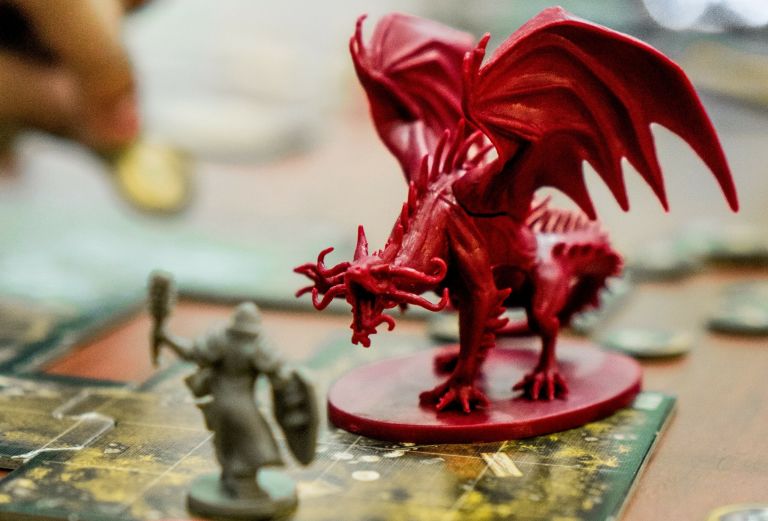
Written by community archaeologist Alexis Haslam.
The position of the Bishop of London has always been an involved role requiring diligence, commitment and dedication to an unremitting workload. But as the saying goes, ‘all work and no play makes Jack a dull boy’, so how did those Bishops unwind and let off a bit of steam when they could find a bit of downtime?
Perhaps one of the most famous sporting Bishops was John Aylmer (1577 – 1594) who was rather partial to a bit of bowling. He famously played bowls every Sunday afternoon after service and liked a bit of a swear whilst launching his balls, yelling ‘by my faith’ as they rolled towards the jack or closed in on the skittles. Now the history of bowling is somewhat difficult to trace in England, although it seems that bowling greens or open greens were certainly in use by the 13th century. Various games included Bocce and ninepin kayles, with the term ‘Bowls’ first mentioned in 1511. As such, there were various versions based somewhat around modern crown green bowls as well as the more ‘common’ skittles. Yet, unbeknownst to many, it was Aylmer who introduced the modern form of ten-pin bowling to England. His exile in Strasbourg during Mary’s reign had exposed him to the game of Kegel, which utilised nine skittles and a small ball, with the object being to knock down as many pins as possible in three attempts. A development to ten pins by Aylmer can be held responsible for the creation of the modern game played globally in bowling alleys around the world, and it all started here, at Fulham Palace, with an alley situated between the old chapel and the gallery.
Moving forward a few centuries, Arthur Winnington-Ingram (1901 – 1939) was a huge tennis fan. He had his own court set up on the main lawn and loved a trip to Wimbledon where he met such tennis legends as Helen Wills Moody. He was very particular about picking his chaplains, and a vested interest in the sport was a must if you were to have any chance of landing the position. Interviewees were invited to partake in a couple of sets, and it is rumoured that the loser was subjected to the schoolyard game of murder ball (having ten tennis balls belted at you whilst having to stand still). No wonder visits by the Archbishop of Canterbury, Cosmo Gordon Lang, to Fulham Palace were few and far between…

Back to the 19th century and Dr Thomas Middleton was made the first Bishop of Calcutta in 1814. During his travels, he discovered the ancient game of Kabaddi, a complex game of tag crossed with medieval football (without the ball) and a breath-holding competition. Middleton was enthralled by this sport and enthused about it in a letter to Bishop Howley (1813 – 1828), complete with diagrams and a set of rules. Howley quickly set to work experimenting with the game coercing the gardeners, servants and even his poor wife Mary into the first match which was held in the walled garden. Sadly the game didn’t catch on immediately on these shores, although the England Kabbadi Association was formed in 2003, so Howley’s legacy may still live on.

To finish on a slightly different note, Bishop John Robinson (1714 – 1723) was a somewhat more cerebral character who lived in Sweden for nearly 30 years as chaplain to the British Embassy in Stockholm. It was here that he developed a keen interest in Scandinavian folklore, endlessly reading tales of trolls, elves, Nøkken and nattmara. With those long northern winter nights, he took up clay modelling along with a small group of friends and they were soon crafting these creatures into miniature models. Building on the theme of the tales, they began to use the models in a proto fantasy war game, with Robinson declaring himself ‘games master’ and ‘Lord Arvid of the Hidden Haljo’. This was clearly the precursor to later 18th century war games and what would eventually become the fantasy role-playing game Dungeons and Dragons. Sadly for Robinson, on his return to England he found that nobody was particularly keen on his newly developed and complicated rule-heavy pastime, instead preferring a game of quoits on the lawn.
So there you have it, the sporting legacy of the Bishops of London at Fulham Palace. As we move into spring we can imagine the exploits of Aylmer, Howley and Winnington-Ingram on the lawn and in the walled garden, although you were probably more likely to find Robinson in the library hoping to find someone to roll some dice with.
Happy April fools!
Although Bishop Howley did enjoy a bit of bowling at the Palace on the Sabbath (and was known to occasionally swear), and Winnington-Ingram was a keen tennis fan who did meet Helen Wills Moody, the rest of this blog is entirely fictitious. There is no evidence for Winnington-Ingram’s murder ball, Middleton discovering kabaddi or Robinson as the founder of dungeons and dragons.
To learn the real truth behind the Bishops who lived here at the Palace, book a free visit to our museum.